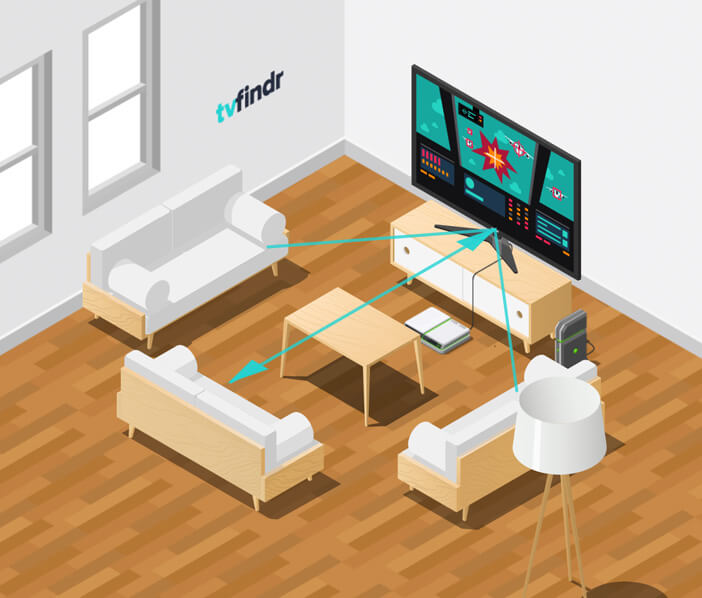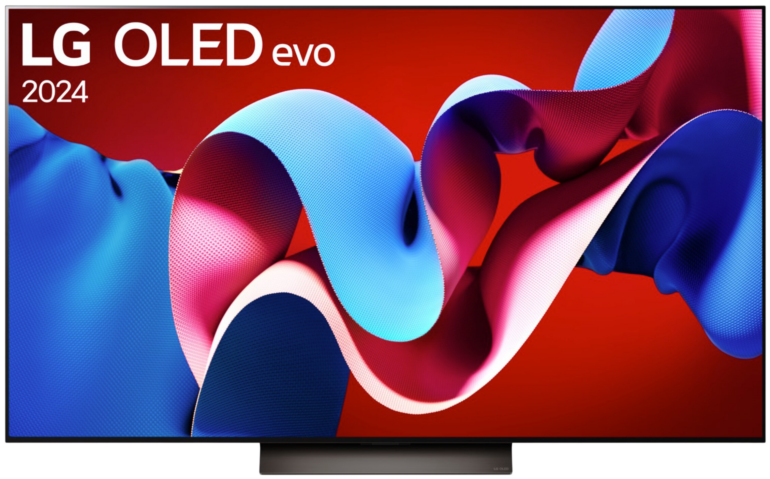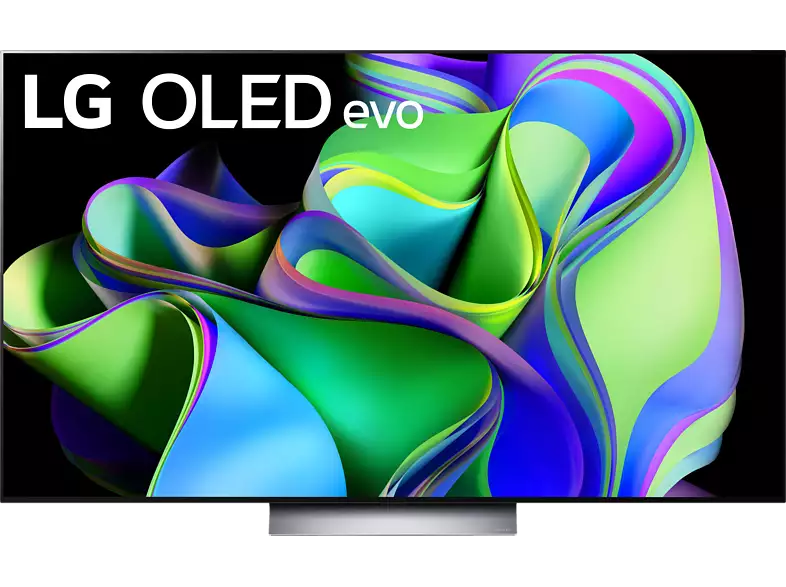The best TVs for Xbox Series X 2023/10
Microsoft has been on the market with its Xbox consoles for over 20 years and has released a whole range of devices since then. The two current versions, the Xbox Series X and the step-down solution in the form of the S model, offer all sorts of features. We’ll tell you which TVs you should consider to get the most out of their full potential.
Can’t find the right TV for you? Then use our TV buying guide or take a look at our best list. Here you’ll get an overview of all the TVs we’ve covered, from which you can filter individually to find the perfect set for your Xbox and your wallet.
Hey! If you buy through our links, you support our project. It won't cost you a cent more! Many thanks in advance! ♥️
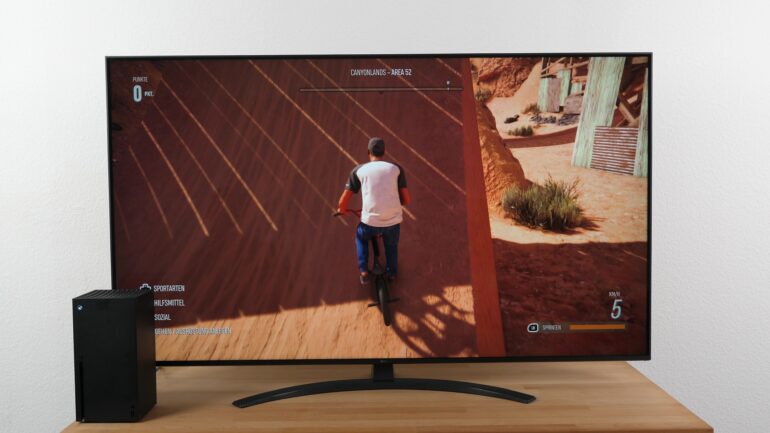
LG UQ81 Riders Republic bright
You will also see the good color reproduction during gaming.
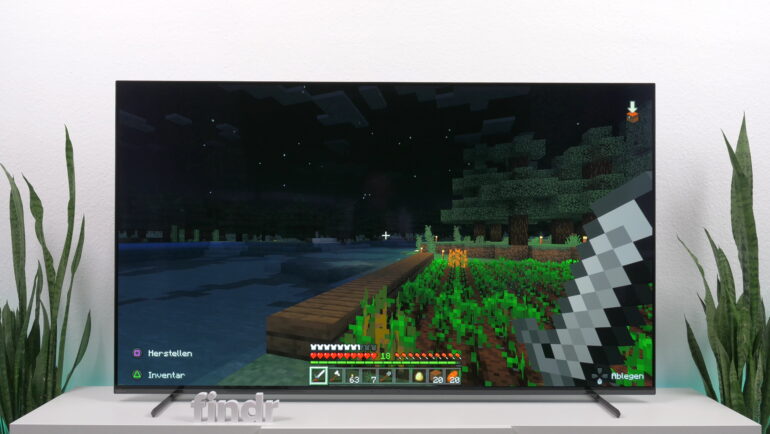
Sony A80L Gaming Mincraft
A clear picture with high contrast is also available for gaming.
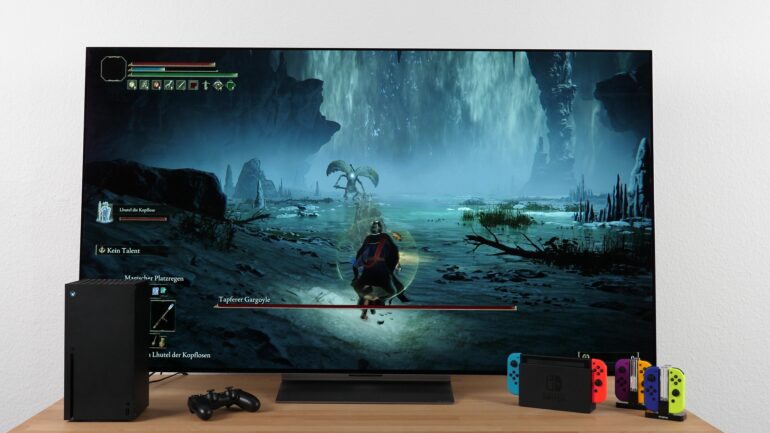
LG OLED evo G2 Dark Souls
The LG OLED evo G2 makes every game look better.
The best OLED TV for Xbox Series X|S: LG OLED evo G39
Definitely one of the best TVs for the Xbox Series X|S that you should put in your room or rather hang up is the LG OLED evo G3. Once again, the South Korean manufacturer relies on new screen technology and does not limit itself to slightly sharper control measures that make the display look a bit better in terms of brightness, like its little brother from the C-series.
By using Micro Lens Array technology, LG enhances the OLED.EX concept and thus introduces a new standard in the premium segment. This makes the flagship TV of the 4K range one of the currently most powerful devices on the market and raises the benchmark another time. Gamers who prefer to use their set without a stand anyway and thus also take the advantages of a more individual alignment will be especially happy about the adapted slim-fit mount. A configuration with a base is also possible. However, the matching base has to be purchased separately.
Besides the extremely strong HDR performance, the G3 scores, just like in previous years, with a comprehensive gaming package that leaves little room for improvement. Starting from VRR features via a lightning-fast response time and a short input lag up to the high frame rate display thanks to 120 hertz. Completing the package are various HDRHigh Dynamic Range – image/video with more dynamic range (contrast range) formats, Dolby Atmos sound, and a DTS:X passthrough option.
An additional feature that characterizes the entire G-series also comes into play here: A consistently slim design on the front and back with a low installation depth. This gives the TV an appearance of a photo frame and makes it look quite subtle on the wall. WebOS 23, including the Magic Remote for user-friendly, quick navigation around the menu, is the foundation of the system.
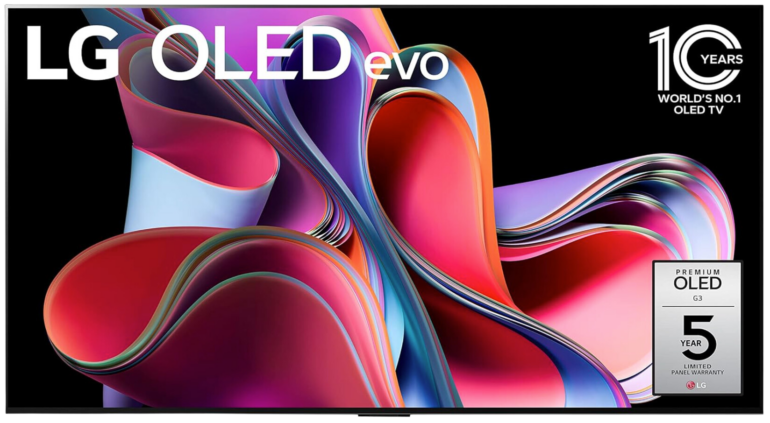
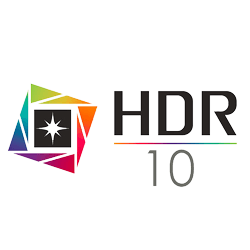

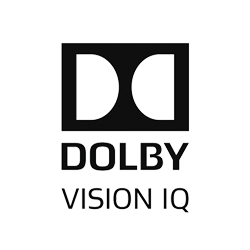




The most popular gaming series: LG OLED evo C37
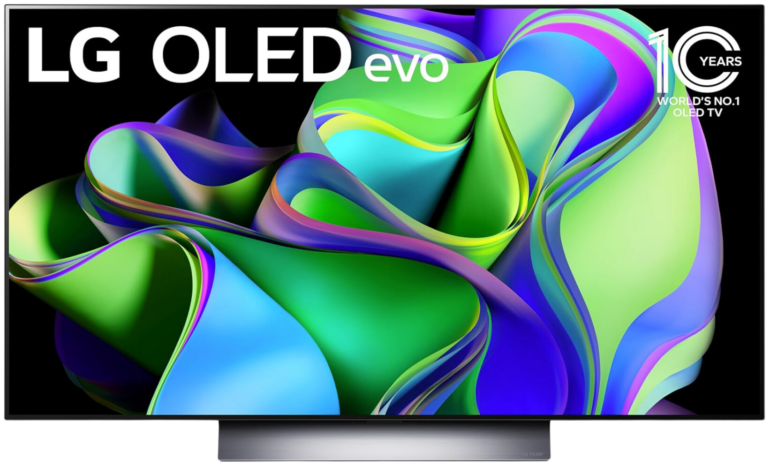
Although there is no big performance increase this year, LG’s OLED evo C3 can still stand its ground as a high-performance gaming TV in 2023 with its overall package. Gamers who are also looking for a larger monitor below the 50-inch mark or who have to bridge a rather short distance to the screen might be interested in this model in particular.
No matter for which purpose you intend to use this television, in combination with an Xbox Series X|S you can combine the strengths very well. This is ensured by VRR support in multiple ways, Dolby Vision Gaming and of course the expected responsiveness of the display. A compact summary of the relevant functions is provided by the Game Optimizer.
With compatible titles, you can play in HFR mode with up to 120 frames. As with last year’s model, LG again provides plenty of HDMI 2.1 ports. In addition, the C3 offers Dolby Atmos and DTS:X as a passthrough feature for an appropriate surround sound.
Powerful gaming TVs powered by Mini-LEDs: Samsung QN90C
In case you are bothered by generally strong light conditions or large windows with noticeable reflections on the screen when using the TV for gaming during the day, you can opt for a device with a bright backlight like the Samsung Neo QLED QN90C we tested.
A matrix with Mini-LEDs not only provides a lot more brightness compared to OLED models and minimizes reflections, but also allows a comparatively good contrast that leaves only little flare around object contours. To ensure a wide color space coverage and thus a more natural representation of in-game tones, quantum dots are integrated into the display.
With the extensive gaming capabilities, this TV – despite Samsung’s usual lack of Dolby Vision licensing – provides a great platform to make next-gen content look impressive and smooth with your Xbox Series X|S. Although DTS:X also falls by the wayside, you can pass on Dolby Atmos sound in uncompressed form via the integrated eARC interface.
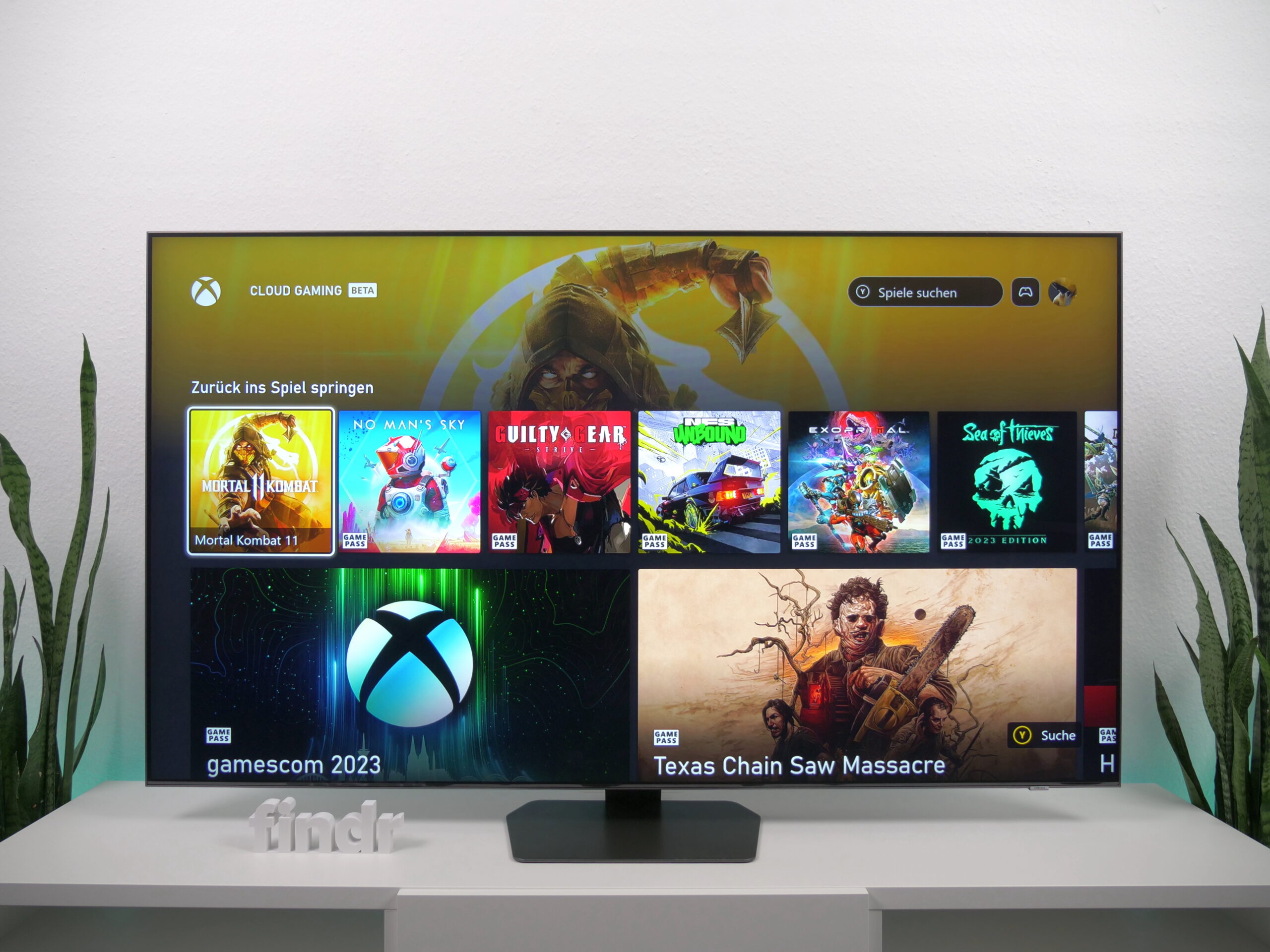
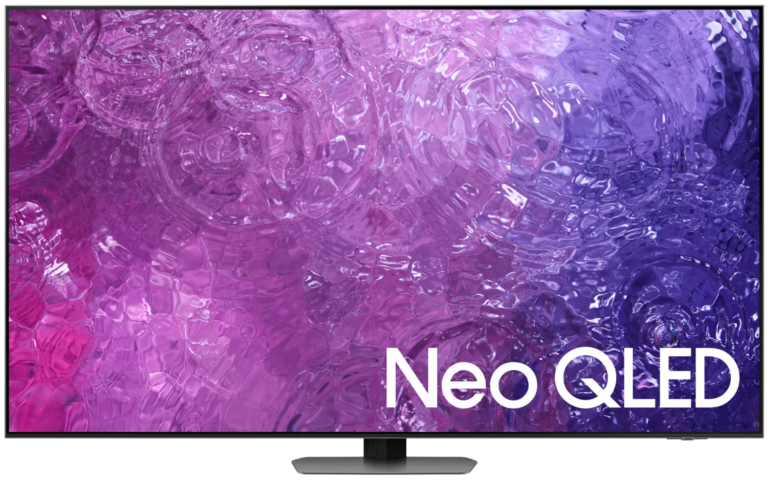


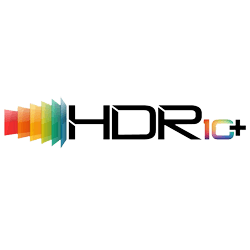
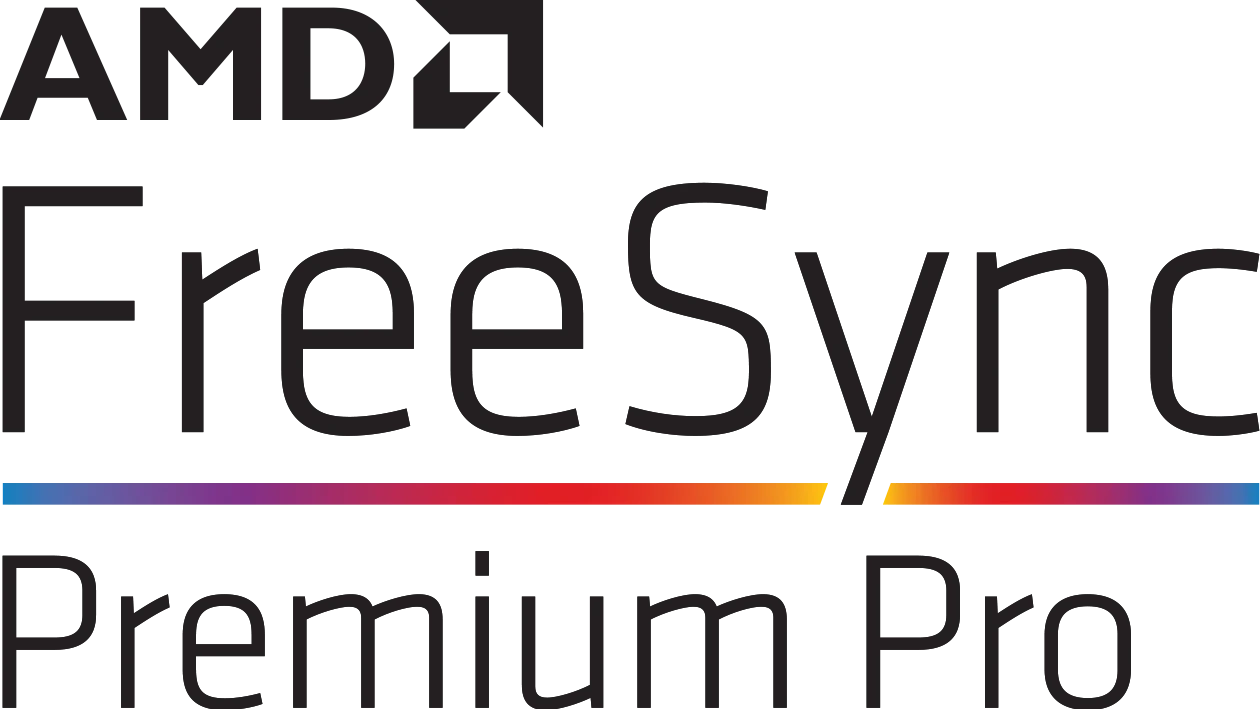


Mini LED model with Dolby Vision at a competitive price: Hisense U7K
If you are looking for a lower-priced model starting at 55 inches and are generally not bound to a specific brand, then the Hisense U7KQ series might be something for you. This device combines many advantages of a good gaming TV and at the same time stays within a relatively affordable price range.
In addition to a decent brightness performance that still delivers a solid picture even in strong room light, you get a high-contrast screen with implemented Mini-LED backlighting. This setup is supported by Quantum Dots, which are responsible for increased color gradations with HDR content on your Xbox Series X|S.
To optimize the gaming experience, the manufacturer provides a wide range of well-known gaming features. These include a Game Mode for a shortened input lag, Dolby Vision and an AMD FreeSync Premium feature. PC gamers can run the panel at up to 144 hertz if needed. On the console, things stop at 120 frames per second as usual. eARC ensures native Dolby Atmos data when passed on to the soundbar or a home theater system.
Entry level option with Mini LEDs: Hisense U6K
If you are looking for a comparatively good configuration that is priced a bit lower, but should still be usable for next-gen, the U6KQ could be your focus. The step-down version of the U7KQ impresses, just like the more expensive model, with a Mini-LED backlight. A VA panel provides deep blacks with an expectedly low viewing angle.
Although the HDR performance is acceptable overall and suitable for use in somewhat brighter lighting conditions, the lower price demands some reproduction brilliance. However, the output is just enough to display perceptible brightness gradations in smaller picture areas.
Much more positive is the image in terms of contrast ratio and blooming behavior. You rarely get more quality for less money here. Although the display supports a refresh rate of 120 hertz, you can only use HFR content up to a Full HD resolution due to the limited HDMI 2.0 bandwidth.
Beyond that, you have to manage with 60 frames. The specifications are rounded off by a decent input lag, VRR support with image synchronization from AMD and Nvidia, as well as a good response time of the panel. All in all, the equipment diversity combined with the fairly good picture performance results in a quite interesting price-performance ratio, if you can accept some compromises with the HDMI standard.
Best TVs for the Xbox Series X in comparison
| TV | Model year | Panel | Resolution | HDMI | HDR | Rating HDR Picture QualityGamingMotion | Sizes | |
|---|---|---|---|---|---|---|---|---|
The best OLED TV for Xbox Series X|S: | ||||||||
Recommended  | LG OLED evo G39 | 2023 | OLED evo | 4K/UHD | 4x HDMI 2.1 (4K@120fps) ARC eARC | HDR10 HLG Dolby Vision IQ Dolby Vision | HDR Picture Quality Gaming Motion | |
Alternative  | Alternative: LG OLED evo C37 | 2023 | OLED evo | 4K/UHD | 4x HDMI 2.1 (4K@120fps) ARC eARC | HDR10 HLG Dolby Vision IQ Dolby Vision | HDR Picture Quality Gaming Motion | |
Powerful gaming TVs powered by Mini-LEDs: | ||||||||
Recommended  | Samsung QN90C | 2023 | ADS | 4K/UHD | 4x HDMI 2.1 (4K@120fps) ARC eARC | HDR10 HLG HDR10+ | HDR Picture Quality Gaming Motion | |
Alternative 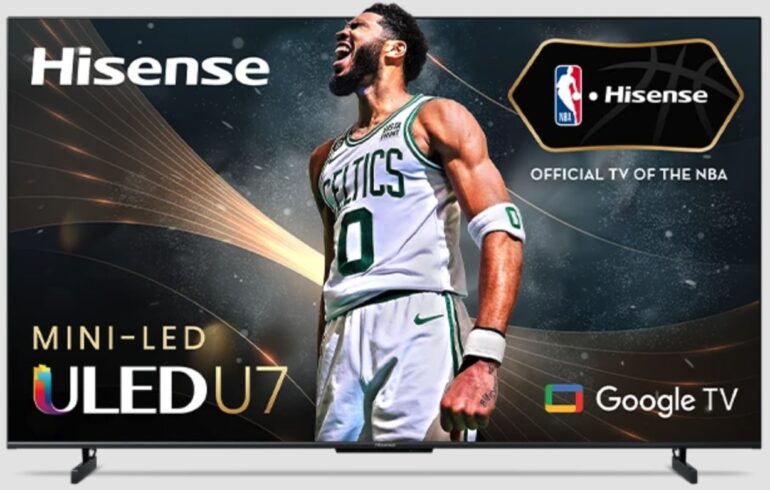 | Alternative: Hisense U7K | 2023 | VA | 4K/UHD | 2x HDMI 2.1 (4K@120Hz) ARC eARC | HDR10 HLG HDR10+ Dolby Vision IQ Dolby Vision | HDR Picture Quality Gaming Motion | |
Entry level option with Mini LEDs: | ||||||||
Recommended 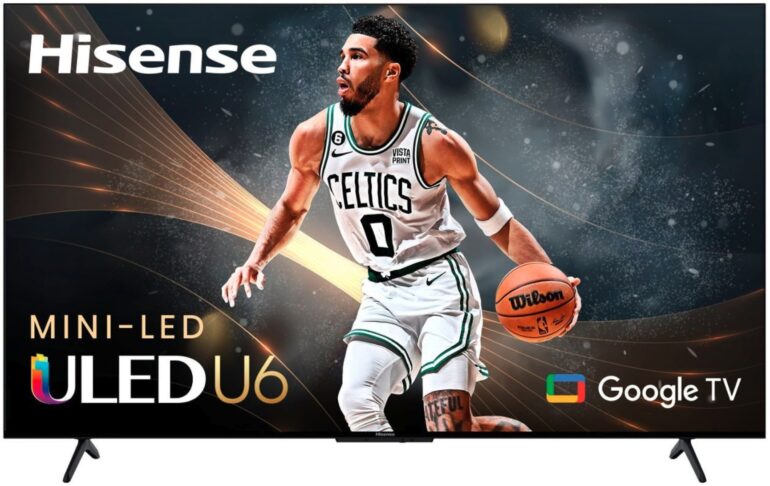 | Hisense U6K | 2023 | VA | 4K/UHD | ARC eARC | HDR10 HLG HDR10+ Dolby Vision | HDR Picture Quality Gaming Motion | |
Other noteworthy TVs for the Xbox Series X
LG OLED evo Flex LX3
The LG OLED evo Flex LX3 is certainly not the cheapest option, but it is probably the most advanced gaming TV on the market and without a doubt an absolute eye-catcher. The special and so far unique feature here is the bendable display.
You can easily adjust the degree in five percent steps at the push of a button. A total of 20 levels are available here and provide a maximum radius of 900R. You also have the option of adjusting tilt and height.
Technically, the LX3 adopts the features of the LG OLED evo C2 found in the manufacturer’s popular gaming series and is thereby more than well-equipped for long gaming evenings. Among those are a very short input lag, VRR support and an 120 hertz panel.
However, the one-size-fits-all 42-inch screen is a small drawback. In order to maintain the depth effect and a consistently good contrast due to the build, you have to be much closer in front of the panel than you would normally be. Thus, you can ignore the distance rule of 1.5 times the diagonal.
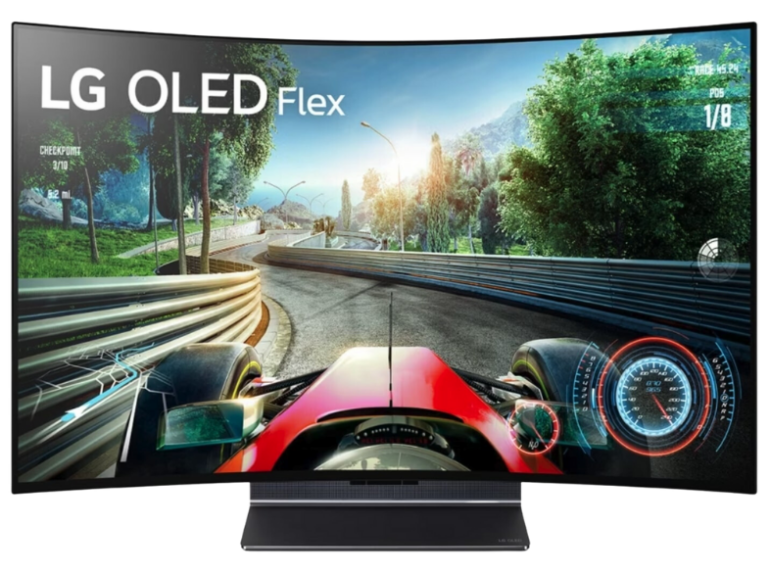

As a studied technology journalist Tobi likes to write regularly about the colorful world of TV sets & Co. Further interests: Music, cars, gaming, soccer
- The best OLED TV for Xbox Series X|SLG OLED evo G39
- Powerful gaming TVs powered by Mini-LEDsSamsung QN90C
- Entry level option with Mini LEDsHisense U6K
- Best TVs for the Xbox Series X in comparison
- Other noteworthy TVs for the Xbox Series X
- Powerful gaming with the Xbox Series X
- Questions about the Xbox Series X Is the burn-in risk very high when gaming on an OLED?Do I necessarily need HDMI 2.1 for the Xbox Series X?Is Dolby Vision gaming possible on any TV?What are the advantages of the game mode?How do the Xbox Series X and S differ?Why is the Xbox Series X not available?
Powerful gaming with the Xbox Series X
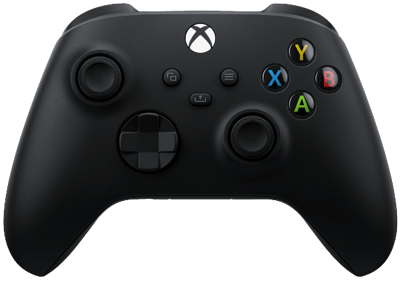
Microsoft on the way to the throne of the next gaming duel
When the Xbox Series X|S was released in November 2020, it sold out in an instant. The rush was as huge as never before, and a year later, the situation doesn’t look any better. The ongoing pandemic and the associated chip shortage continue to keep the Xbox Series X in particular out of stock on the market.
Microsoft was able to bring out a real competitor for the PlayStation with its Xbox years ago, and the battle between the two camps continues. With both the X and S models, Microsoft managed to launch versions for different needs and budgets. While the Series S version is an “all digital” console that comes with slimmed down specs and at a cheaper price, the Series X version is the next level gaming console par excellence. With groundbreaking performance and an excellent graphics processor that even puts PCs in a corner, the console can really hold its own against the Sony competitor and even steal first place from it most of the time.
Because the Xbox has one ace up its sleeve that no other console can keep up with: The Xbox Game Pass and the integrated Xbox Cloud Gaming service. This is a digital game library that is constantly updated and can even be accessed from the PC. Thus, you always have access to the latest games, which is why the S version has its raison d’être. Although the subscription service costs a monthly fee, it is really insignificant compared to what is offered. With the cloud gaming service, you can stream your favorite games on the go on your phone, or on your TV completely without Xbox.
Despite the Game Pass, the Xbox Series X also needs a suitable TV to show its full potential. An HDMI 2.1 port and a 120Hz panel are especially important here, since only then 4K@120Hz is possible. The Xbox Series X can even make use of Dolby Vision gaming, since it is the only console that supports this kind of image optimization so far.
Questions about the Xbox Series X
Is the burn-in risk very high when gaming on an OLED?
The risk of burn-in, of which many are afraid, remains very low. In the meantime, there are many different protection mechanisms to prevent burn-in and even if you play the same game for 8 hours a day, it takes years before anything could really burn in.
Do I necessarily need HDMI 2.1 for the Xbox Series X?
No, because the console can also be connected to older TVs with the HDMI interaface. However, 4K@120Hz is only possible with an HDMI 2.1 connection.
Is Dolby Vision gaming possible on any TV?
At the end of September, an official update was released that makes Dolby VisionDynamic HDR-format with a color depth of up to 12 Bits and Mastering of up to 10,000 Nits gaming with the Xbox Series X possible. Theoretically, this is now possible with every TV that also has Dolby Vision. In practice, however, only LG’s OLED C1 and OLED evo G1 are capable of displaying Dolby Vision gaming at 4K@120Hz. All other TVs can only manage 4K@60Hz at most.
What are the advantages of the game mode?
Every current TV now has a gaming mode that was developed specifically for consoles. When activated, various image optimization processes are deactivated so that the input lag is kept as low as possible. It is especially important to accept as few delays as possible in fast or action-packed games, since it can definitely cost your life in online shooters.
How do the Xbox Series X and S differ?
There are differences in the design, workmanship and performance. Here, the Xbox Series X basically performs better than the slimmed-down S version, which still has its raison d’être. However, it comes with only half as much storage space, lower graphics performance and no drive, which makes it an “all digital” console. In addition, the S version is significantly cheaper and currently permanently available in stores. The Xbox Series X is therefore the focus of our article, since it is the only one that can deliver the highest possible performance.
Why is the Xbox Series X not available?
Since the release of the Xbox Series generation, only the S version is now widely available on the market. However, the X version is still permanently sold out and you need a lot of luck to get a console after all. This is partly due to the still very high demand, which can’t be met fast enough. In addition, there is the Corona pandemic and the resulting worldwide chip shortage, which is also felt in other industries. Here, too, manufacturers are not keeping up with production.





